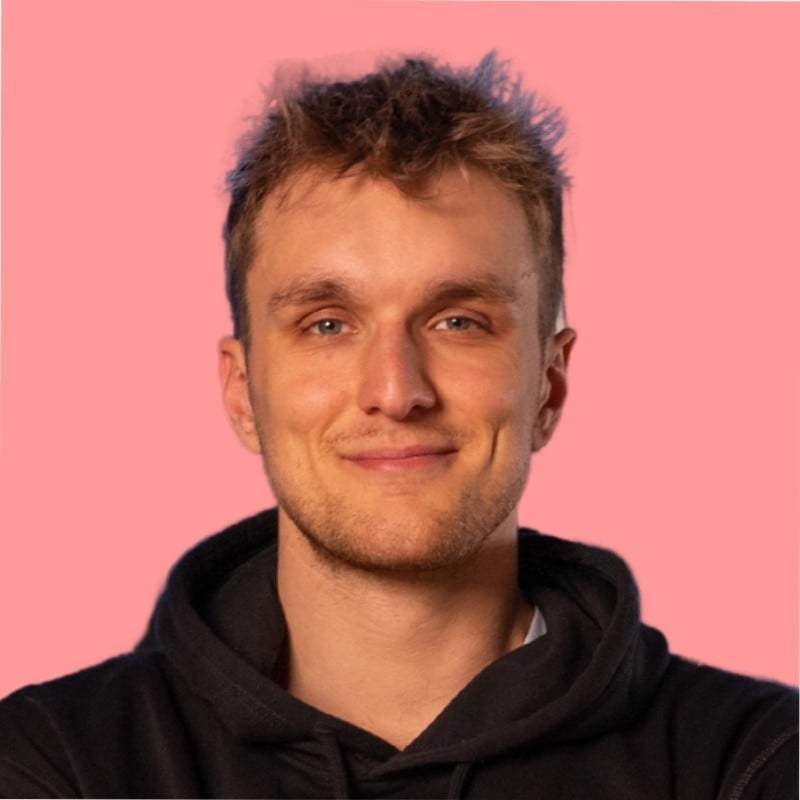Are you still trying to increase your open rates?
With a personalized outreach approach, your cold email open rate can increase by at least 26%.
Stay tuned and learn how to personalize your messages at scale and book more meetings.
What is personalization?
Personalizing your messages means tailoring them to your leads so that the message can only be sent to them.
You can include basic personalization layers such as names, job titles, and companies. Although these personalization tags are helpful, they are certainly not enough.
To effectively personalize a cold email or any cold outreach message, you should make sure it is completely tailored to their needs. Some factors you could include to appeal to them are pain points, a relevant achievement, a competitor, or any other relevant and specific details so that every message you send out is unique and has an impact.
As automation in personalization grows, you will need to be as specific as possible. This means that this example will not work at all:
Hey, Peter
We have a new feature that will turn your business around.
Free to chat?
John
Your messages will have to be much more specific. Check out, for example, what Tal at lemlist did:
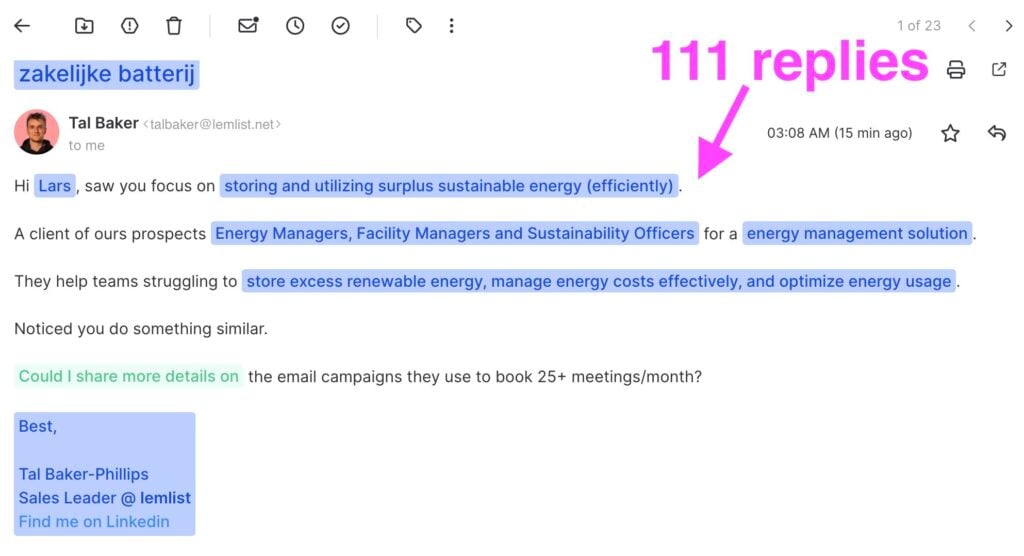
In this email, Tal has included the following:
- Lead’s first name
- Company summary
- Competitors, colleagues, or others in the same field
- Similar product
- Pain points
- Solution
And with 111 replies, the results speak for themselves.
What elements can you personalize?
You can personalize almost every part of your emails and follow-ups. When you think personalization, you think of mostly text but there is much more to it.
Images & videos
Images and videos will be a special touch to your emails, especially if they’re tailored to your lead.
Humans are much more likely to be attracted to visuals before their brains are able to process the body of the text.
Therefore, catching your leads attention with a fun, flashy, or relevant image that also includes something they can relate to will definitely hook them to stay longer on your message.
In this example, the personalized image includes the lead’s name and profile picture in a playbook that has been created just for them.
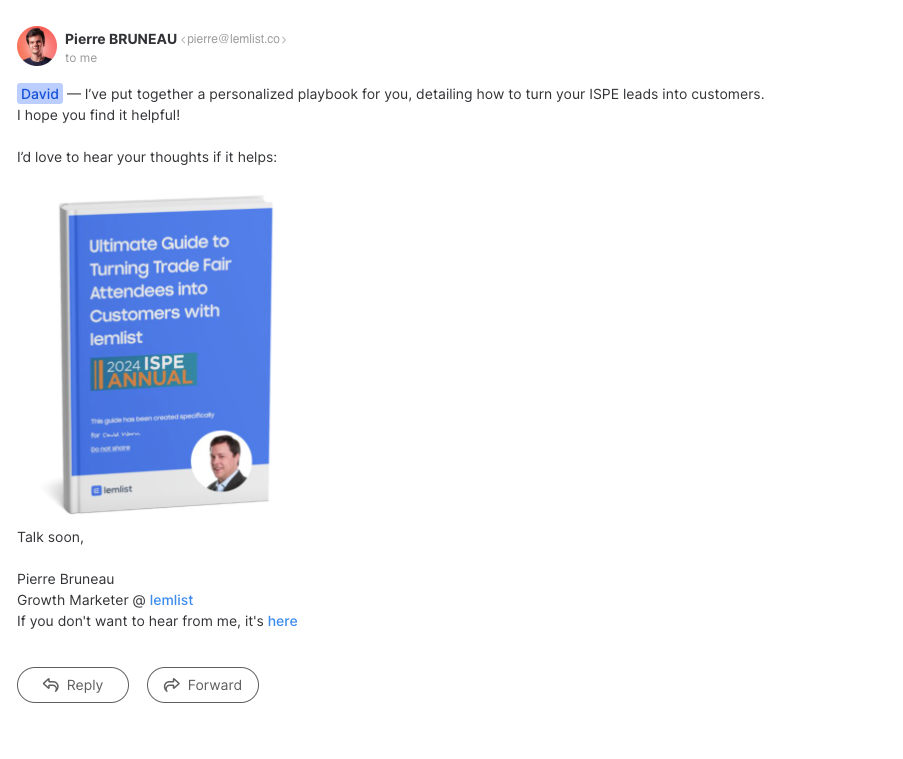
LinkedIn voice messages
To make your outreach much more effective, you could go for a multichannel approach to include LinkedIn.
With LinkedIn you can add steps such as profile visits, connection requests, messages, and LinkedIn voice messages.
Including a voice message in your sequence will make your lead more likely to feel they are talking to a real person who is genuinely interested.
Since it is very hard to send voice messages at scale, when leads receive one it really resonates with them. With lemlist, you can record a generic message, and lemlist’s AI will take care of the personalization for you.
How to personalize your outreach at scale
While personalizing is definitely the reason why your emails will have an impact on your leads, it can be very inefficient when done manually. If you’re only sending out 10 emails a day, it may be fine to do it manually, but as your company grows, so will your lists of leads and the number of campaigns you will need.
This is why you’ll need a scaleable personalization system.
Step 1: Define your ICP and find your leads
Personalizing your messages will be done much easier if you have clearly determined who you will be contacting.
Therefore, your first step should be to determine your ICP or buyer persona to define the criteria you’re looking for in your leads.
To find your leads you simply have to use a well-defined LinkedIn search combined with a chrome extension or a lead database that will offer all the information you need.
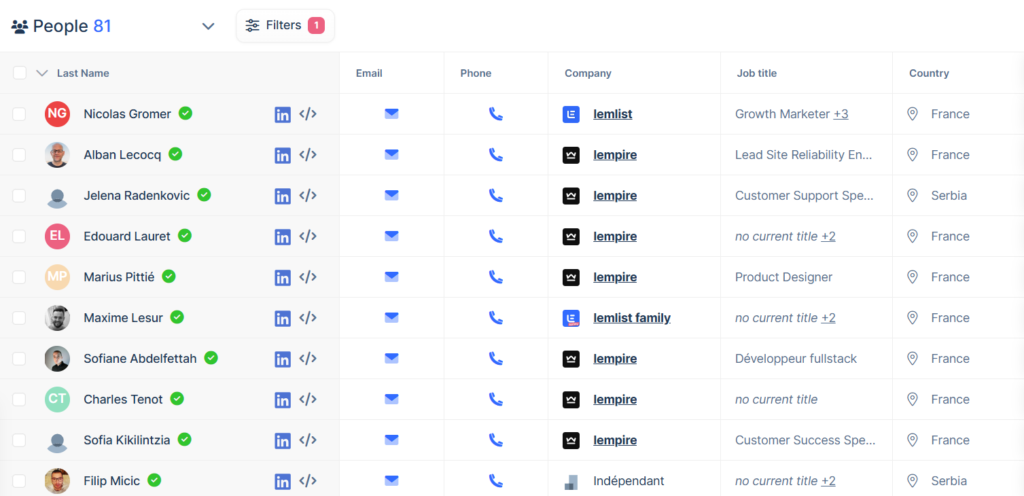
Step 2: Qualify & segment leads (to assign to the correct campaign)
Even though you have selected your leads based on your ICP, not all campaigns will be fit for your entire list of leads.
In order to achieve true personalization, you will need to qualify your leads and assess the need they have for your product or service and how likely they are to convert. This system will allow you to target each lead with the most appropriate outreach approach to ensure higher positive replies.
When you’re segmenting your leads, make sure they are as narrow and detailed as possible. However, when you’re segmenting your leads for your campaigns, make sure you do so by persona, rather than other characteristics.
Only with Personas can you be sure you’re talking to people with PROBABLY the same KPIs, or at least 90%+ the same.
Once your leads are qualified and segmented, you can push them to the most appropriate outreach campaign. To make this process scaleable, make sure you choose a tool that will allow you to do this automatically (such as lemlist).
Step 3: Integrate AI in your outreach
The main issue with writing your emails one by one is that you’re putting in too much effort in and your emails might not even be read.
Using tools and AI to take care of personalization for you, will allow you to generate hundreds of relevant and personalized emails that will actually get replies and will help you book meetings with your leads.
Make sure the tool you choose offers features such as AI variables, which will allow you to add scaleable personalization, clean lists and lead segmentation.
Some tools, such as lemlist, will allow you to generate an entire campaign with personalization tags using AI by simply filling in a few specifics.
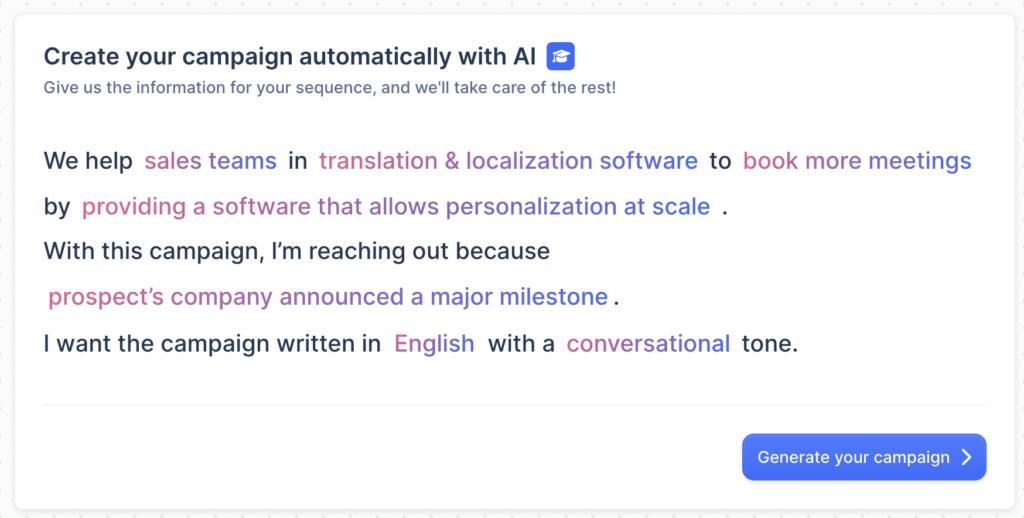
If you decide to generate your campaigns manually, begin with a generic template. In your template, leave enough room to include relevant and meaningful personalization.
It’s important to play close attention to your email’s structure.
Begin with a short and sweet greeting in which you do include your leads’ names.
Continue with a customized icebreaker that will captivate your lead from the start. Tools, such as lemlist, will include a totally personalized and automated icebreaker with information that has been scraped from leads’ profiles simply by including the tag {{icebreaker}} or by using the prompt template library AI variables
After your icebreaker, focus on the issue your email is solving. Begin by point the problem out and then move on to your solution and how you will solve it.
Here’s an example of en email framework:
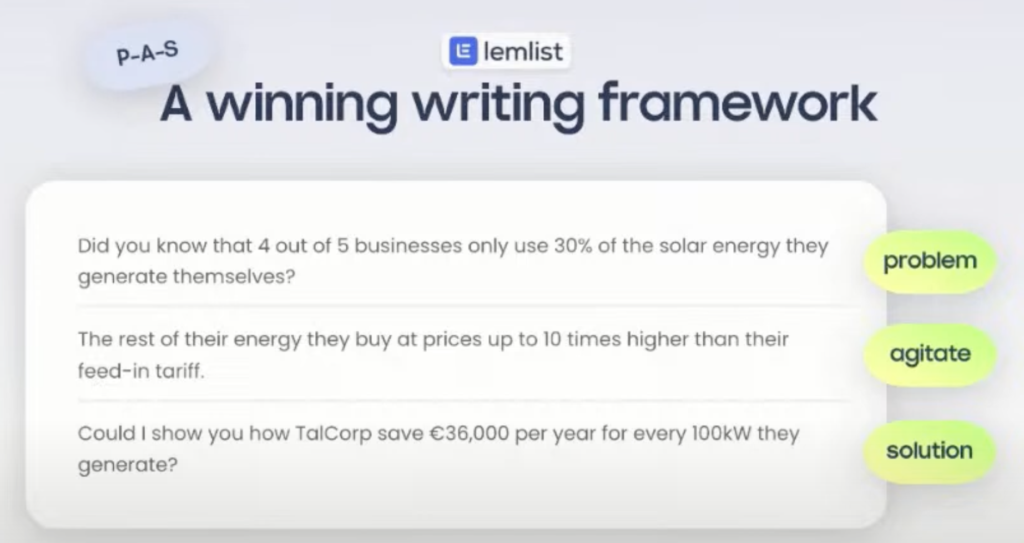
Credit: lemlist webinar
Once you have included your personalization tags, review your messages before sending so you can avoid gaps and mistakes.
Personalization tools
There are many personalization tools available to help you implement automation in your personalization that you can read in detail, but we will quickly summarize 3 of our favorite tools.
lemlist
Ratings ⭐️⭐️⭐️⭐️⭐️
G2 4.5/5 (264 reviews) \ Capterra 4.6/5 (387 reviews)
Overview
lemlist is a comprehensive sales engagement platform that helps sales reps in every step of the lead acquisition process.
lemlist prime features involves personalization in both LinkedIn and email.
What can you personalize with lemlist?
- Text variables
- Liquid syntax
- Images
- Videos
- Landing pages
lemlist has also introduced AI variables that will help you create:
- Custom icebreakers
- Personalized and engaging P.S. lines
- Clean and qualified lists of leads
- Spin syntax
- … and much more

Pricing
- Email Pro ($55 per month)
- Multichannel Expert ($79 per month)
- Enterprise (with custom pricing)
Personalization at scale, AI variables and custom icebreakers are included in every paid plan. However, if you’re looking to include dynamic landing pages in your emails, you will have to start with the Multichannel Expert plan.
✅ Pros
- Custom icebreakers for each lead
- Prompt library available for AI variables
❌ Cons
- AI email copywriter is not included in the free plan
- Limited sending emails
Customer.io
Ratings ⭐️⭐️⭐️⭐️⭐️
G2 4.5/5 (408 reviews) \ Capterra 4.7/5 (81 reviews)
Overview
Customer.io is a marketing automation platform that allows you to send personalized messages on several channels including emails and SMS.
Customer.io has an automated personalization feature: Real-Time Personalization based on 3 main triggers:
- Someone signs up for your service
- A customer uses a new feature
- Someone leaves an item in their cart
Pricing
Customer.io offers 3 pricing plans, that are pretty comprehensive (including 1 million emails per month for the cheapest plan), however, they can be considered expensive with pricing starting at $100 per month.
✅ Pros
- It is a very scaleable tool
- Offers a workflow builder
❌ Cons
- Not ideal for small businesses
- Limited reports
Reply.io
Ratings ⭐️⭐️⭐️⭐️⭐️
G2 4.6/5 (1,376 reviews) | Capterra 4.6/5 (96 reviews)
Overview
Reply is a sales engagement platform that offers many customization features like variable insertion and ChatGPT integration, allowing for highly personalized communication.
Other personalization features include:
- AI reply categorization
- AI-generated icebreakers
- Personalized first-step emails
- AI sequence builder
- AI reply handling
Pricing
Reply.io offers 4 different pricing tiers.
Pricing for the Sales Engagement tier ranges from $49 to $166 and includes features to automate your personalization.
✅ Pros
- Scaleable AI
- Smooth CRM integrations
❌ Cons
- Does not integrate with Microsoft Outlook
- Lacks calendar integrations
Implement scaleable personalized outreach
There is no doubt that personalizing your outreach is the most efficient way to increase your outreach performance. Higher open and reply rates, more meetings booked, more deals closed.
Nothing but benefits.
However, to make your personalization profitable and scaleable it is important that you look for a tool that can automatically handle all of your personalization, including:
- Lead scraping
- Lead qualification and scoring
- Lead list cleaning
- AI writing assistants
- Advanced AI variables and features
- A/B testing
You can find all of this with lemlist. Including deliverability, finding leads, and data enrichment.
Your source of actionable outreach tips and strategies that will help you get replies and grow your business.
